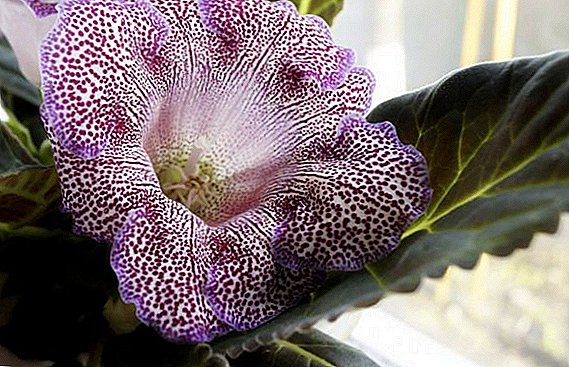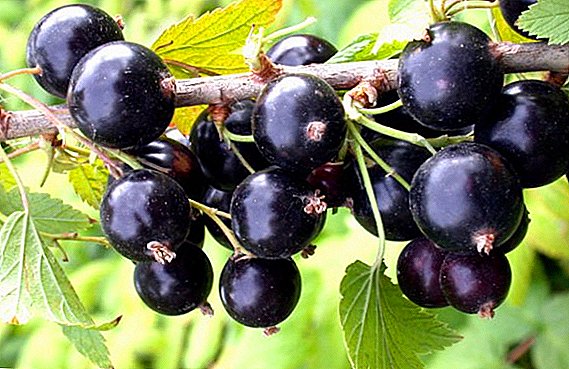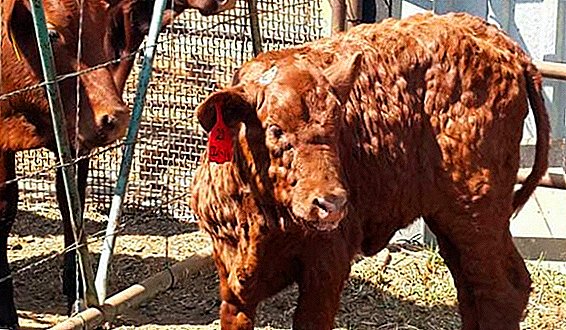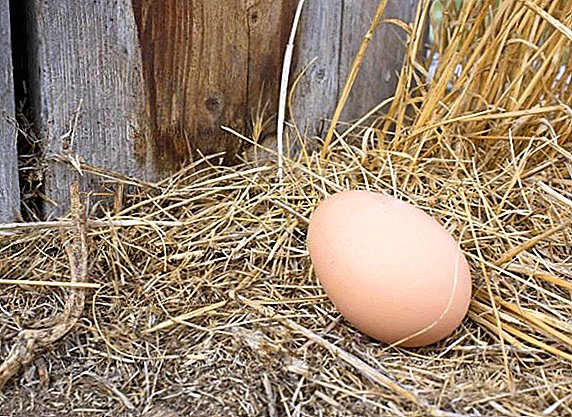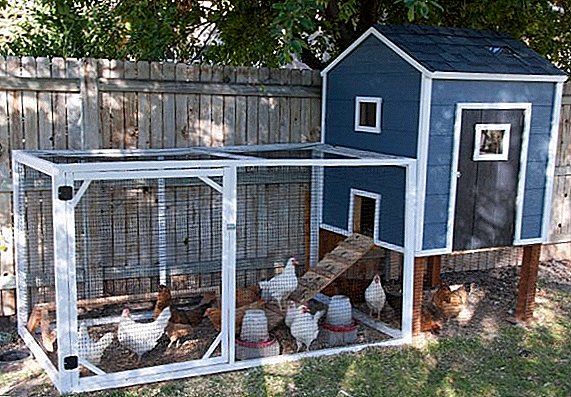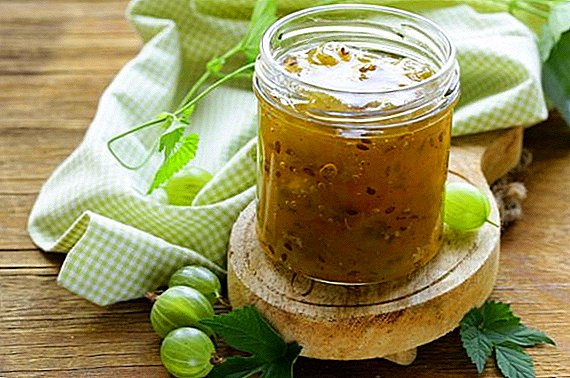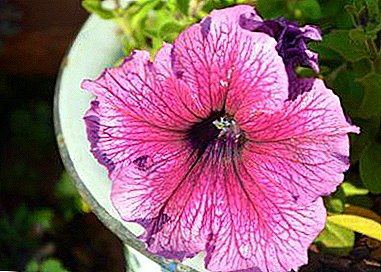
Pink hibiscus has long taken the place of pets from gardeners and gardeners. This is due to ease of care, beauty of flowering and low cost.
The plant can be wild and cultivated. In this article we will look at its main types in detail, you will see their photos.
Also read about the features of caring for the plant, its methods of reproduction. Find information about common diseases and pests that can affect the flower. We'll also see which flowers may look like pink hibiscus, read their description.
Description of species with photos
Below you can find a description of the most common types of hibiscus pink and see photos.
Sudan Rose

Sudanese rose, or Hibiscus Sabdariff (in Latin - Hibiscus sabdariffa) - a plant that reaches a height of two meters. Leaves are edibletherefore, this plant is grown not only for decorative purposes, but also in industrial.
Cooper's checkered

Latin for Hibiscus rosa-sinensis var. cooperi, got its name from the variations of flower shades that depend on the lighting. The flower itself consists of 5 petals with a contrast center. The leaves are smooth, oval. This type of hibiscus is the most unpretentious and highly resistant to disease.
Chinese

Chinese rose or Chinese hibiscus (Hibiscus rosa-sinensis) is a shrub with oval leaves up to 15 centimeters. Single flowers arranged on long legs. The lifetime of a flower is several days, but with proper care, they are formed almost all year round.
Care features
Pink hibiscus is unpretentious in care, which includes standard plant care activities.
Temperature
For pink hibiscus room temperature is optimal without sharp drops in temperature. For long flowering hibiscus pink need to ensure the maintenance of the temperature in the range of 18-20C.
Reference: it is recommended to take the pot in the summer to a balcony or veranda, which will contribute to longer flowering.
Watering
Watering is carried out by separated water at room temperature.. Hibiscus loves misting as well as humidified air. When carrying out such procedures should avoid moisture on the flowers and buds. This contributes to their deterioration and rapid fading. Water that has not been settled may cause yellowing and leaf dropping.
Shine
All Malvov family loves a large amount of light. Therefore, they are recommended to be placed at the window, avoiding direct rays of light. Hibiscus pink eastern and western windows are well suited.
Ground Requirements
For good growth at the bottom of the pot you need to lay a small layer of expanded clay or broken brick and cover it with soil. The soil should be in this ratio: 2 parts of the ground, 4 parts of peat and 1 part of sand.
Pruning
For a beautiful aboveground part of strong shoots, trimming should be a mandatory part of care. To do this, leave a couple of central shoots, the crown is shortened by a pair of buds. If there is a need to give the plant artisanal or spherical shape, you need to completely remove the central branch.
Top dressing
The plant consumes a large amount of nutrients, so it needs special feeding. For him, suitable standard fertilizer for flowering plants, which are applied once or twice a week.
Pot
Capacity for planting can be from any material (plastic, wood).
Important: the pot should be chosen in such a size that the roots fit in it freely, but there is not much space left.
Transfer
Transplantation is performed once a year before the start of growth (at the end of February - beginning of March). For such purposes, take the soil of the same composition as for planting. An important role in this process has a pot. It should be 4-5 centimeters more past. Choosing a larger or smaller pot will lead to a long absence of flowering.
Wintering
In winter, hibiscus should be very carefully protected from drafts and temperature changes. In winter, the amount of watering, feeding and fertilizing is reduced. If leaves began to fall off sharply from a flower, it means that the temperature regime does not suit it or it stands in a draft.
Breeding nuances
 Types of pink hibiscus propagated by cuttings and seeds:
Types of pink hibiscus propagated by cuttings and seeds:
- The first method is simpler and less time consuming. Young, but strong shoots are selected for grafting. They are separated from the parent base with a sharp blade obliquely. With the cutting you need to remove all the lower leaves, and shorten the upper part by several centimeters. For the formation of powerful roots, the cutting is recommended to put in a container with water for a period of two to three weeks.
- Seed method of growing more laborious, but it has an advantage over the cuttings. Plants that grew from seeds are more resistant to diseases.
Diseases and pests
Of the problems of cultivation can be identified parasites. The most common of them are aphids and spider mites. When a pest is found on a flower, it must be treated with soapy water and special antiparasitic agents applied, which can be bought in the store.
Similar flowers
Hibiscus is pink and looks good next to:
- Eustoma;
- Begonia;
- Geraniums;
- Balsamine;
- Gardenia;
- Adenium.
Pink hibiscus, in addition to beauty, will bring health and benefit to the house. It cleans the air from carcinogenic substances. Adhering to the simple rules of care, the plant will be a long time to please beautiful flowers and variegated foliage.


